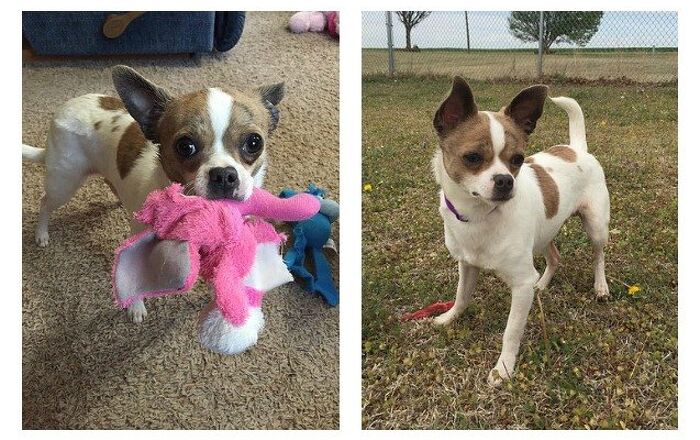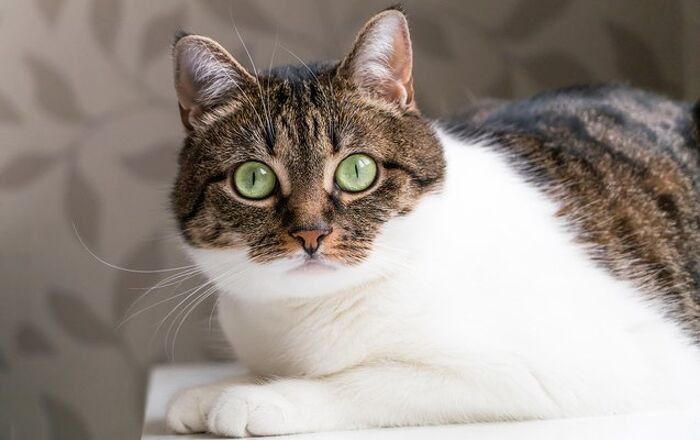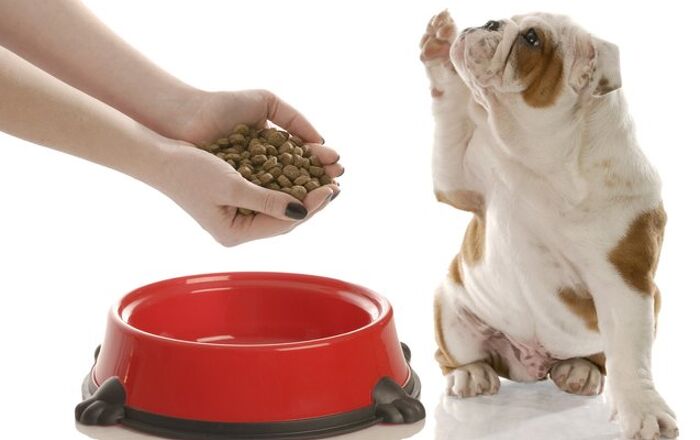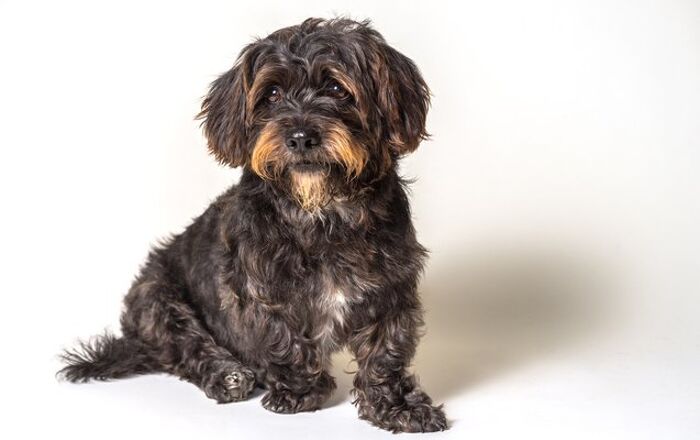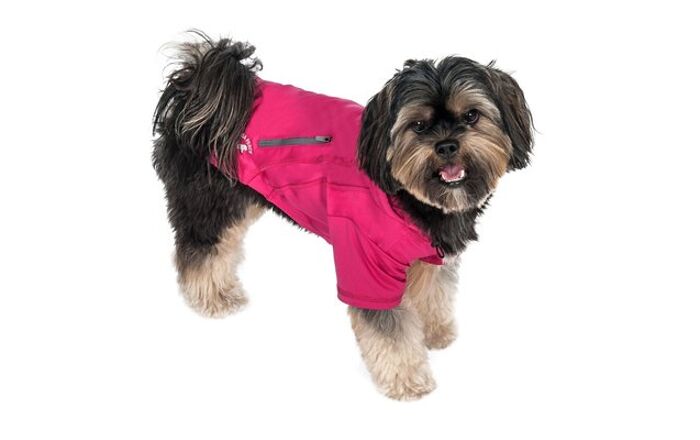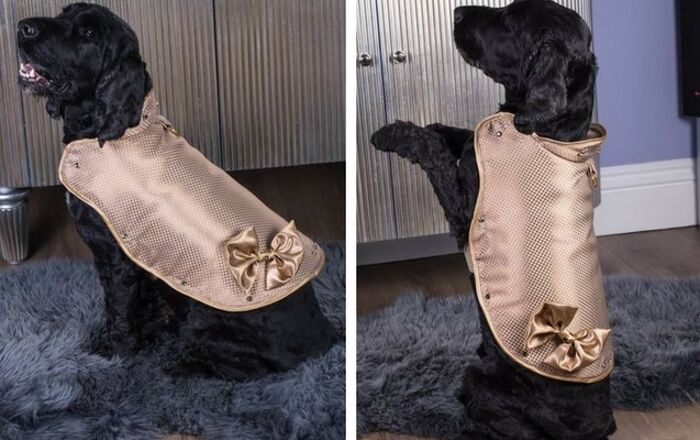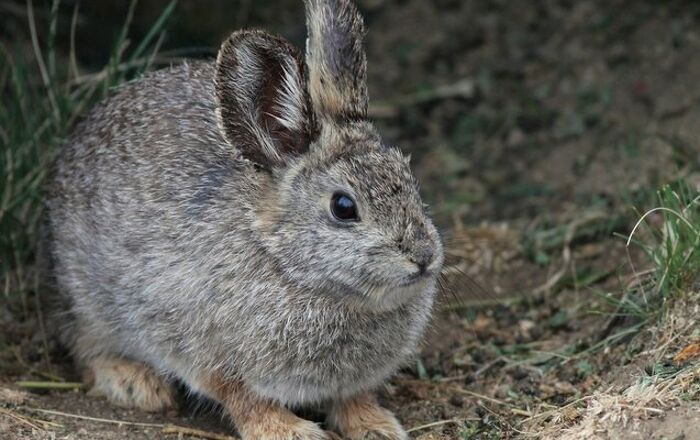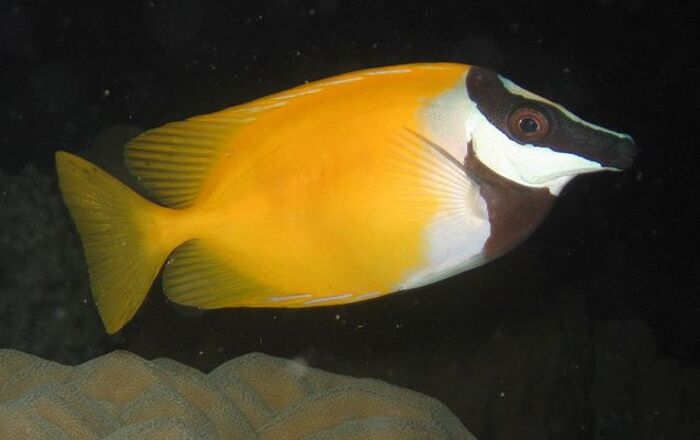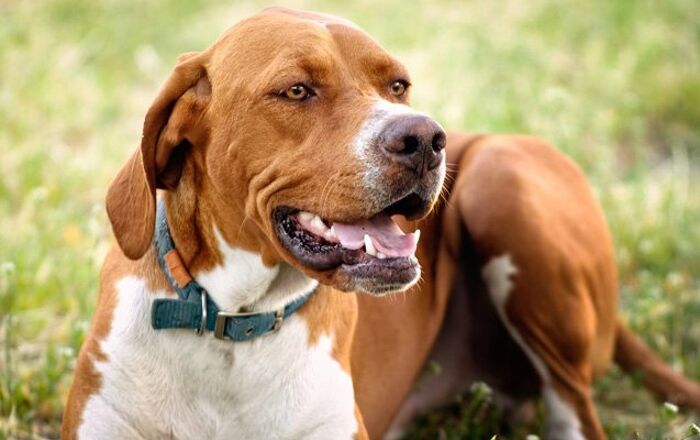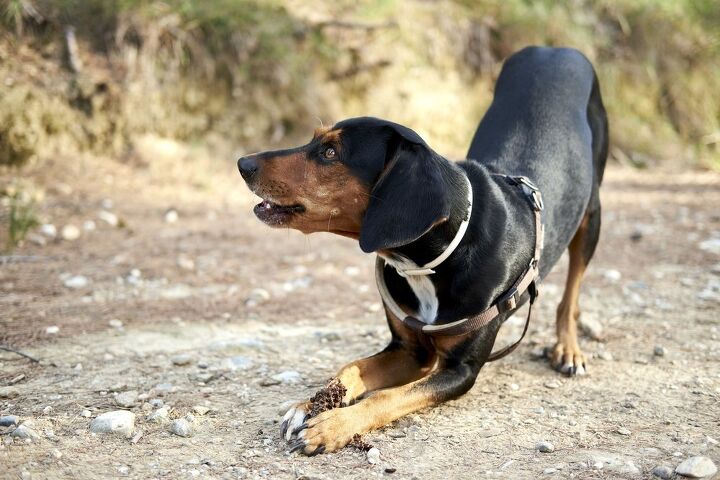
Greek Harehound Basics
Though his black-and-tan look may be familiar, the Greek Harehound is a rare breed that you’re unlikely to have seen before. Developed in Southern Greece, this breed is a skilled and fearless hunter with boundless energy and excellent stamina. Strong-willed and independent, the Greek Harehound is still devoted to his owner and can do well as a family pet for older children.
The Greek Harehound is still devoted to his owner and can do well as a family pet for older children.
Origin
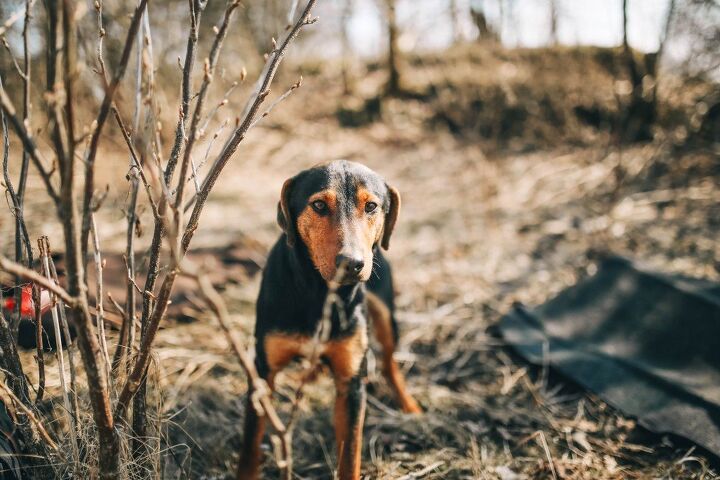
Also known as the Hellenikos Ichnilatis, the Greek Harehound is a breed indigenous to Southern Greece. The early ancestors of the modern breed were the ancient Laconikoi dogs of the Peloponnese which were kept by mariners and traveled around the world with their keepers. The original type was either black-and-tan or tricolor, though the standard for the modern breed is strictly black-and-tan.
The Greek Harehound was developed specifically for tracking and chasing hare in Greece. As they came to be used as sea dogs, however, they became widespread throughout the ancient world. Descendants of ancient Greek scenthounds can still be found all over Europe. Though the Greek Harehound is yet to be recognized by the AKC, he became the first Greek breed to be recognized by the FCI in 1996 and he has been recognized by the United Kennel Club as a scenthound as well.
Pedigree
The Greek Harehound is a breed indigenous to Southern Greece, a descendant of ancient Laconikoi dogs of the Peloponnese.
Food/Diet
As a medium-sized breed, the Greek Harehound may do well on a high-quality adult dog food made with premium animal proteins and digestible carbohydrates. Because these dogs are typically used for hunting, however, an active or working breed formula may be more appropriate. These recipes have high protein levels to support lean muscle mass with increased fat content for energy.
The Greek Harehound is a talented hunter and very devoted to his craft.
Training
The Greek Harehound is a talented hunter and very devoted to his craft. These dogs have the strength and stamina to work all day, and they are fearless in the field. This breed is very devoted to his owner, but he can be stubborn and strong-willed at times, so he may not be the right choice for inexperienced dog owners. Even with training, these dogs can be impatient and independent, so it is a good idea to start training early and to reinforce that training throughout the dog’s life. For the most part, this breed responds well to positive reinforcement training – he does not respond well to rough treatment.
Weight
The Greek Harehound is a medium-sized breed standing 18 to 22 inches tall and weighing 35 to 45 pounds. Females of the breed are slightly smaller than males.
Temperament/Behavior
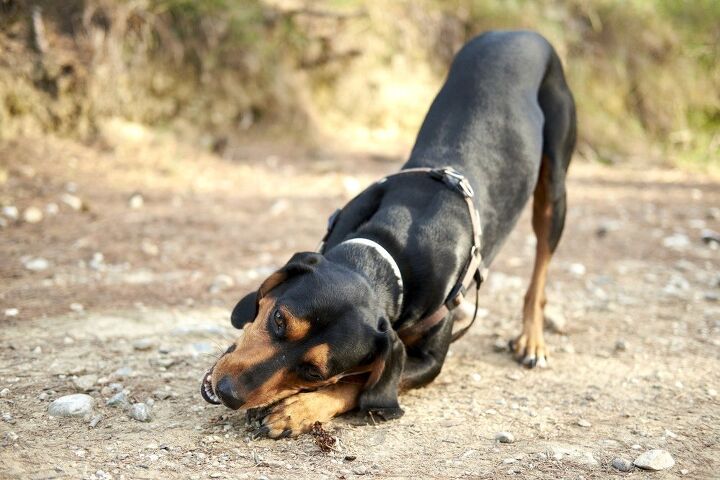
The Greek Harehound has a lively and active temperament well-suited to field work. These dogs are confident and outgoing by nature, which often translates to them being a little strong-willed and stubborn at times. These dogs are devoted both to their craft and to their owners, forming strong bonds with family. The Greek Harehound can do well as a family pet, provided his exercise needs are met and he has outdoor space to run. You should also keep in mind that these dogs tend to do better with older children and they may be wary and suspicious around strangers. Early socialization is important for this breed if you plan to keep him in a family setting.
Common Health Problems
The Greek Harehound is generally a healthy breed with no known genetic defects. Like all hunting breeds, however, he is prone to field injuries and his pendulous ears predispose him to ear infections as well.
Life Expectancy
The average lifespan for the Greek Harehound is 10 to 12 years.
Exercise Requirements
The Greek Harehound has excellent strength and stamina, as well as high levels of energy. This breed requires a significant amount of daily exercise including at least 60 minutes of vigorous exercise. These dogs don’t fare well in small houses or apartments without outdoor space in which to run.
The Greek Harehound has a lively and active temperament well-suited to field work.
Recognized Clubs
The Greek Harehound is not currently accepted by the AKC but he is recognized in the Scenthound Group by the UKC and the FCI.
Coat
The Greek Harehound has a short, dense coat with a slightly hard texture. This breed only comes in black and tan, though small white patches may be permissible. The breed sheds moderately, so trimming and stripping is generally not required.
Puppies
The average litter size for the Greek Harehound breed is 6 to 8 puppies. Due to their high energy levels and use for hunting, puppies should be started with training as early as possible. Early socialization is also essential for this breed because they tend to be wary around strangers. Make sure your Greek Harehound puppy gets plenty of exercise and mental stimulation because this breed has a high risk for developing destructive behaviors when bored.
Photo credit: Wirestock Creators/Shutterstock; Velimir Zeland/Shutterstock

